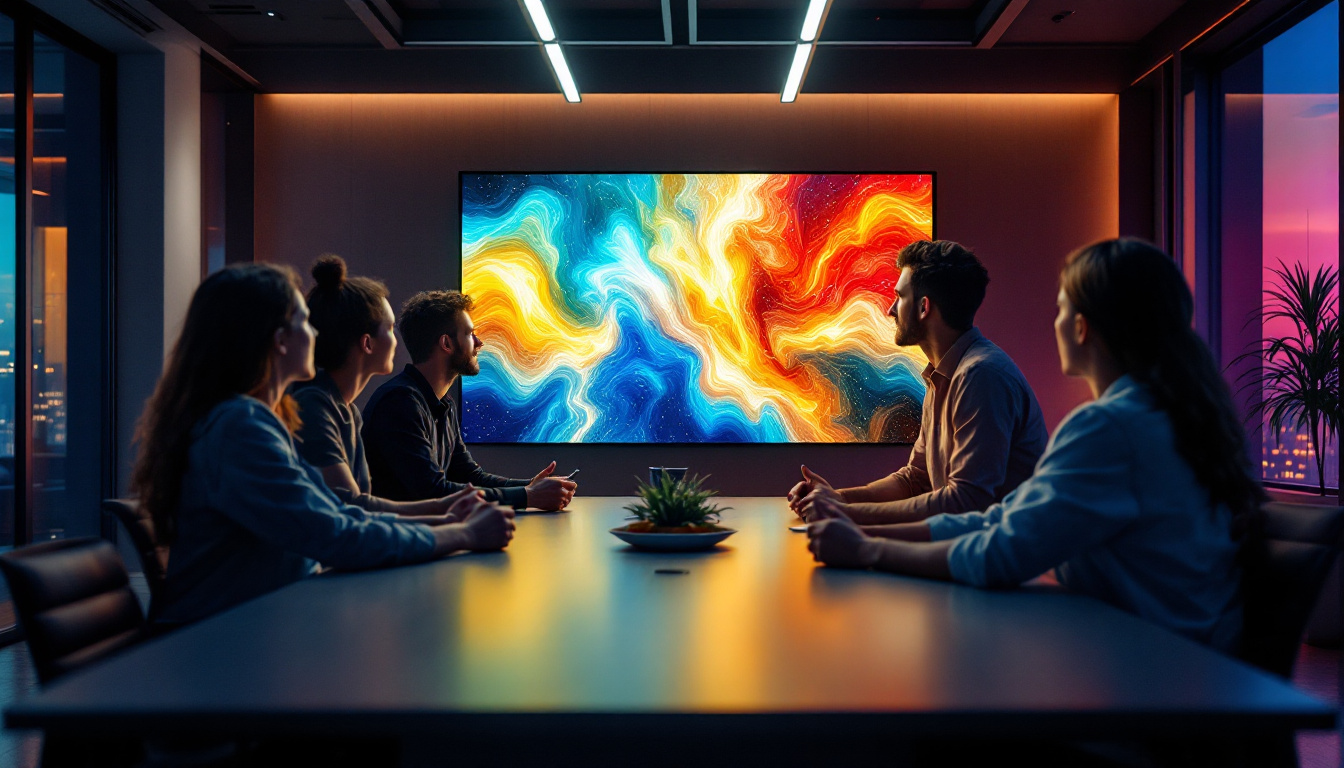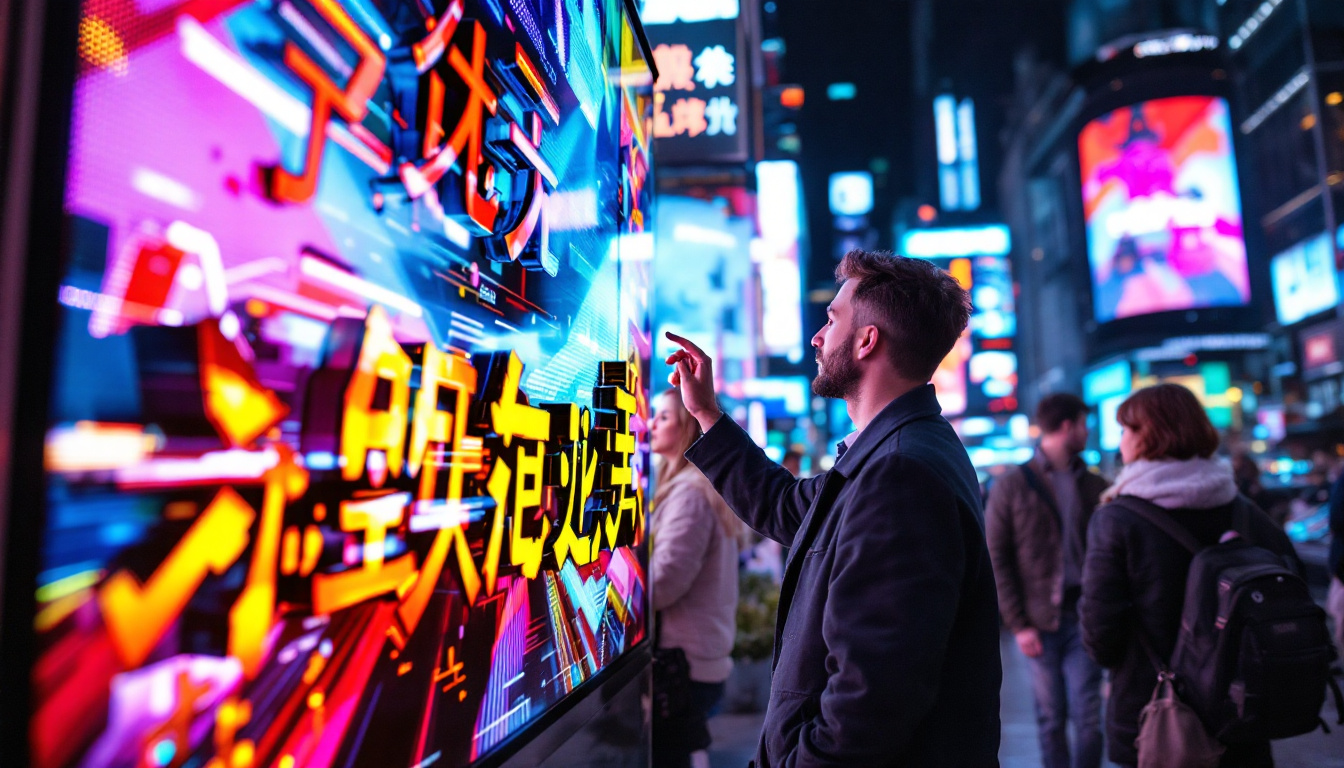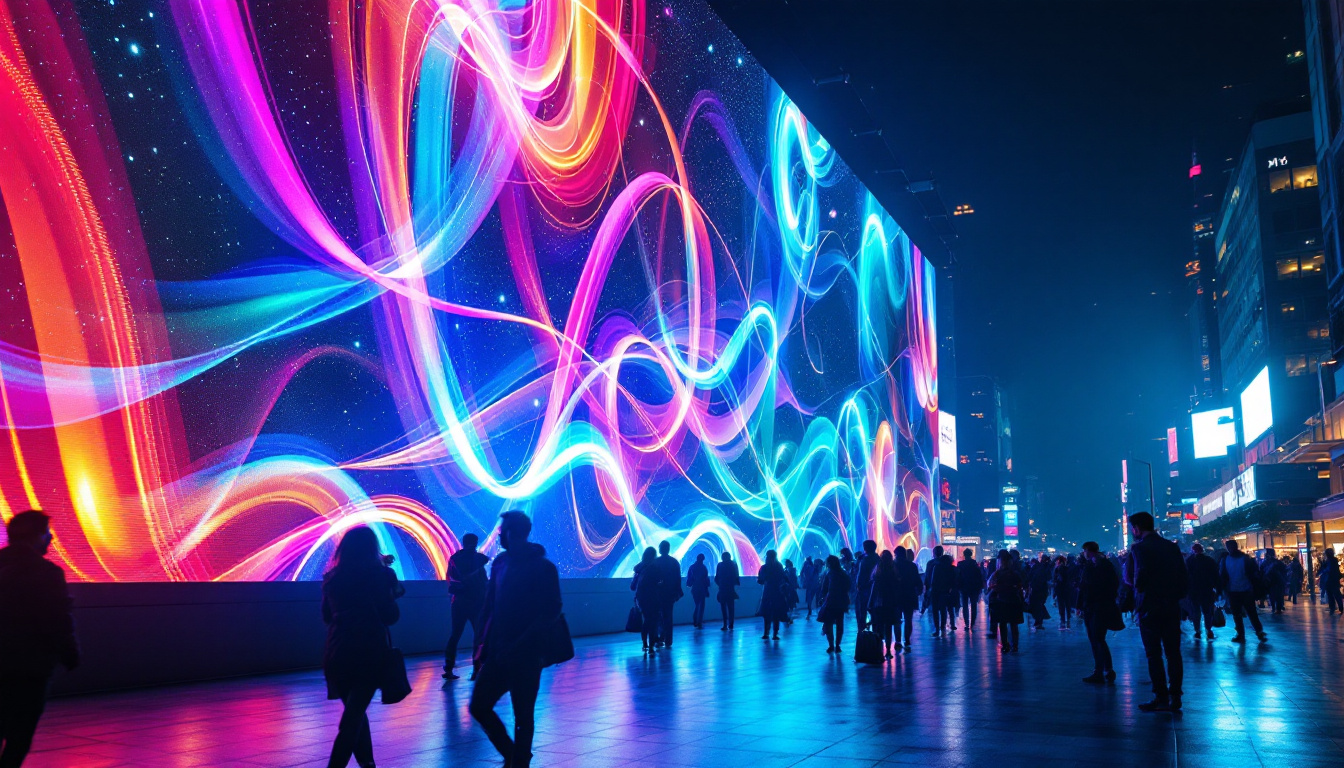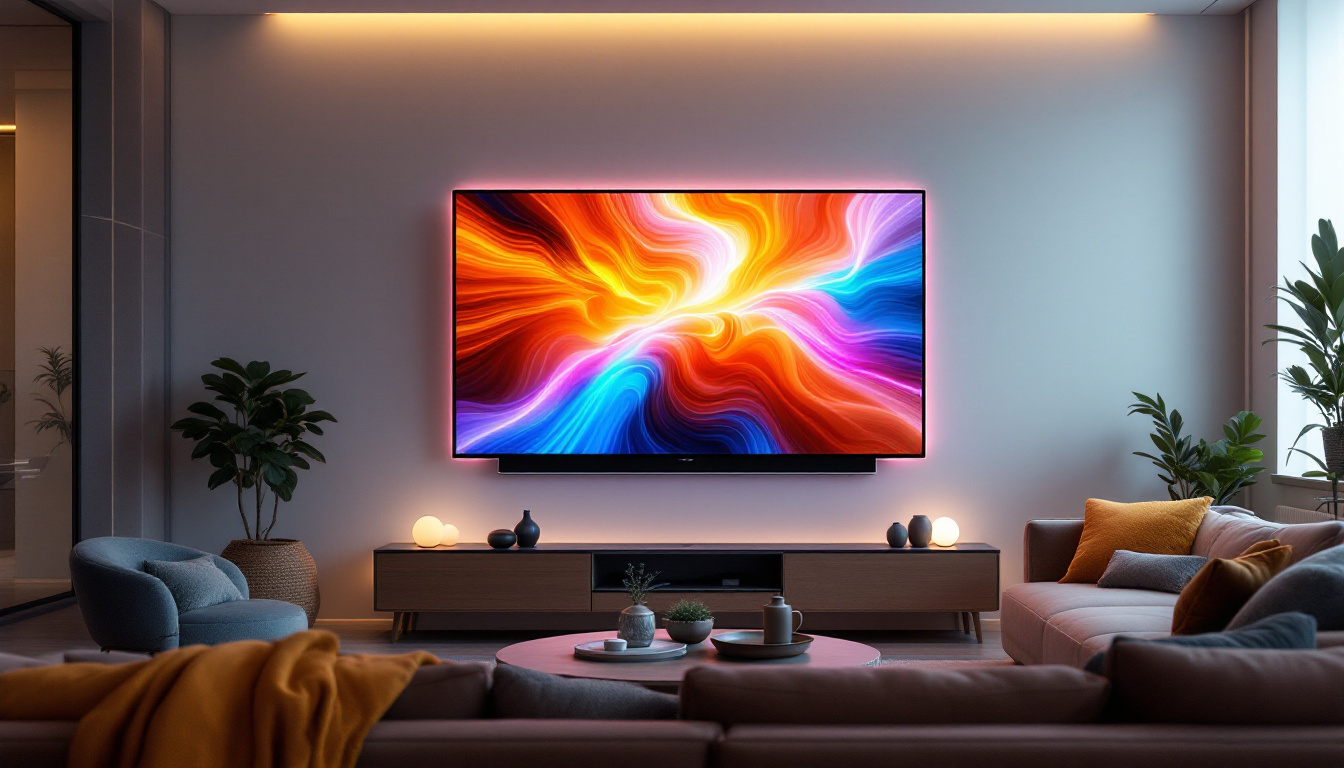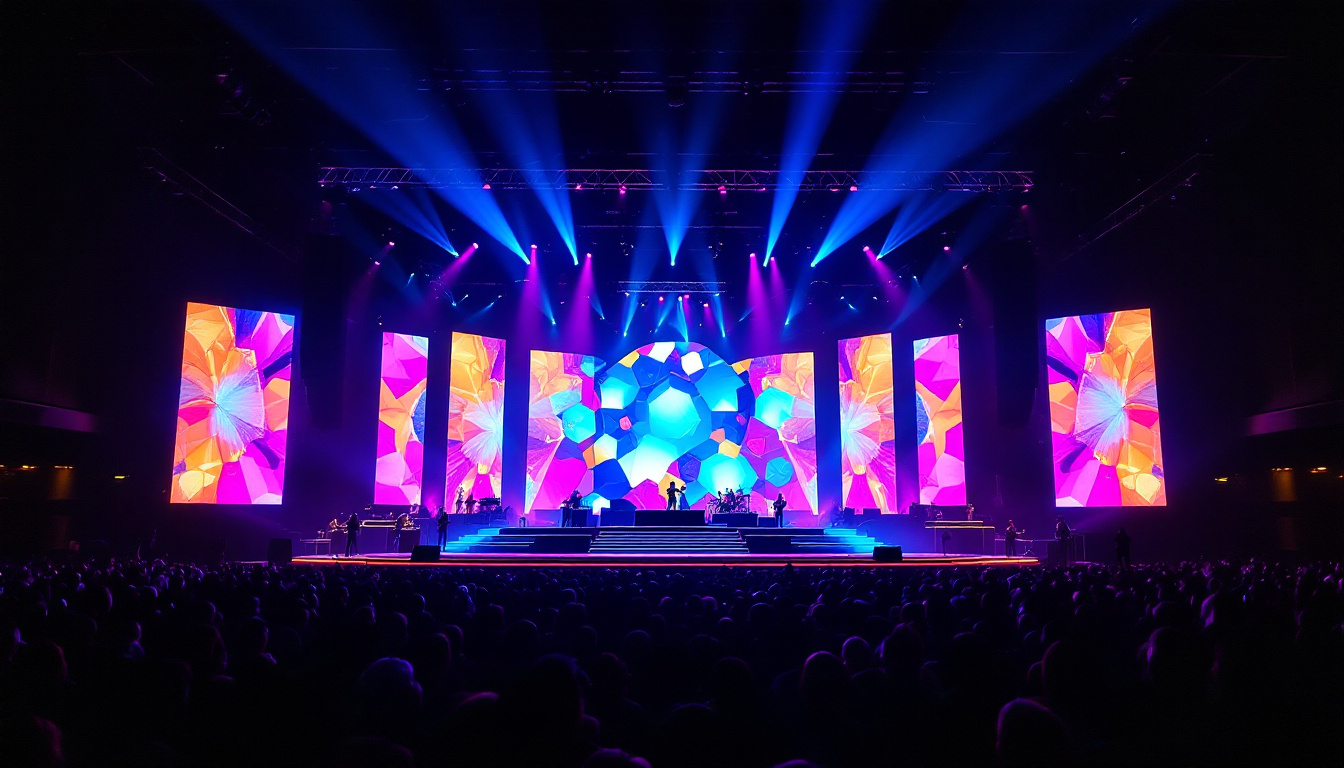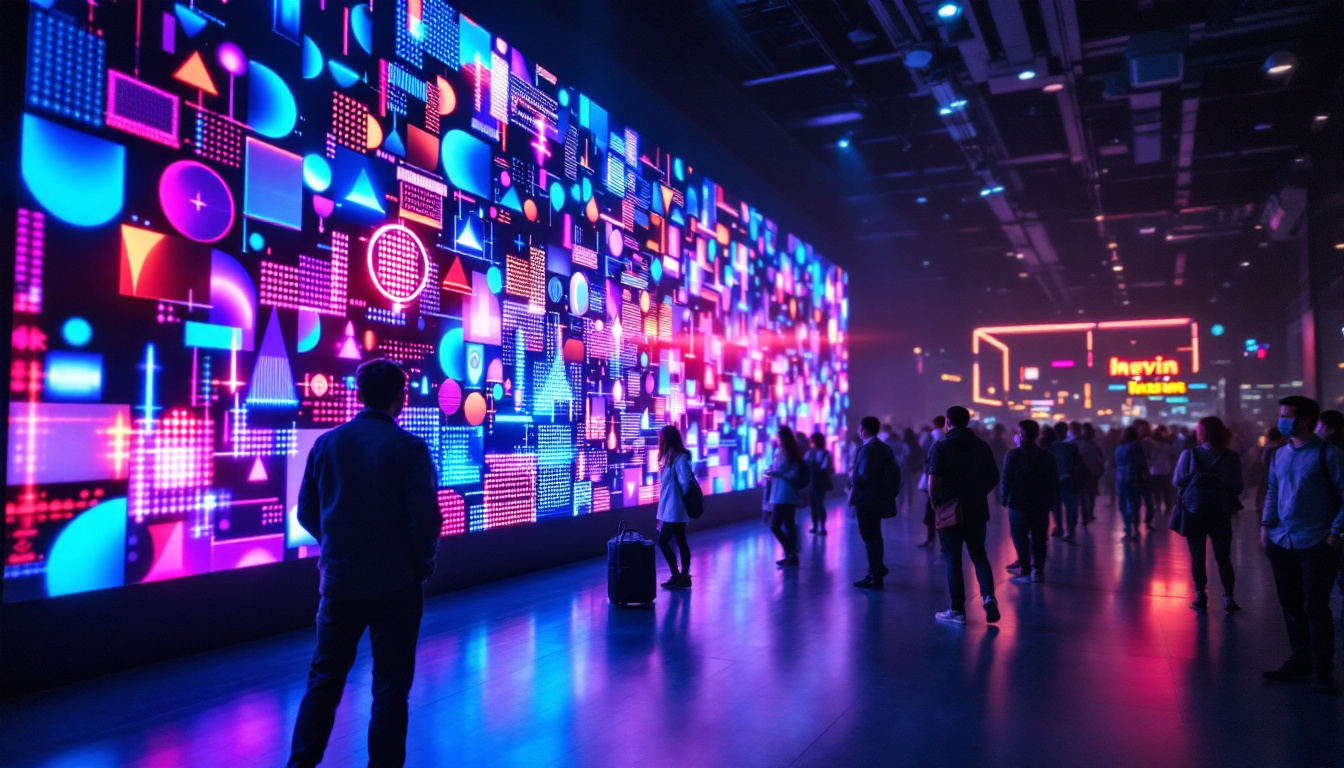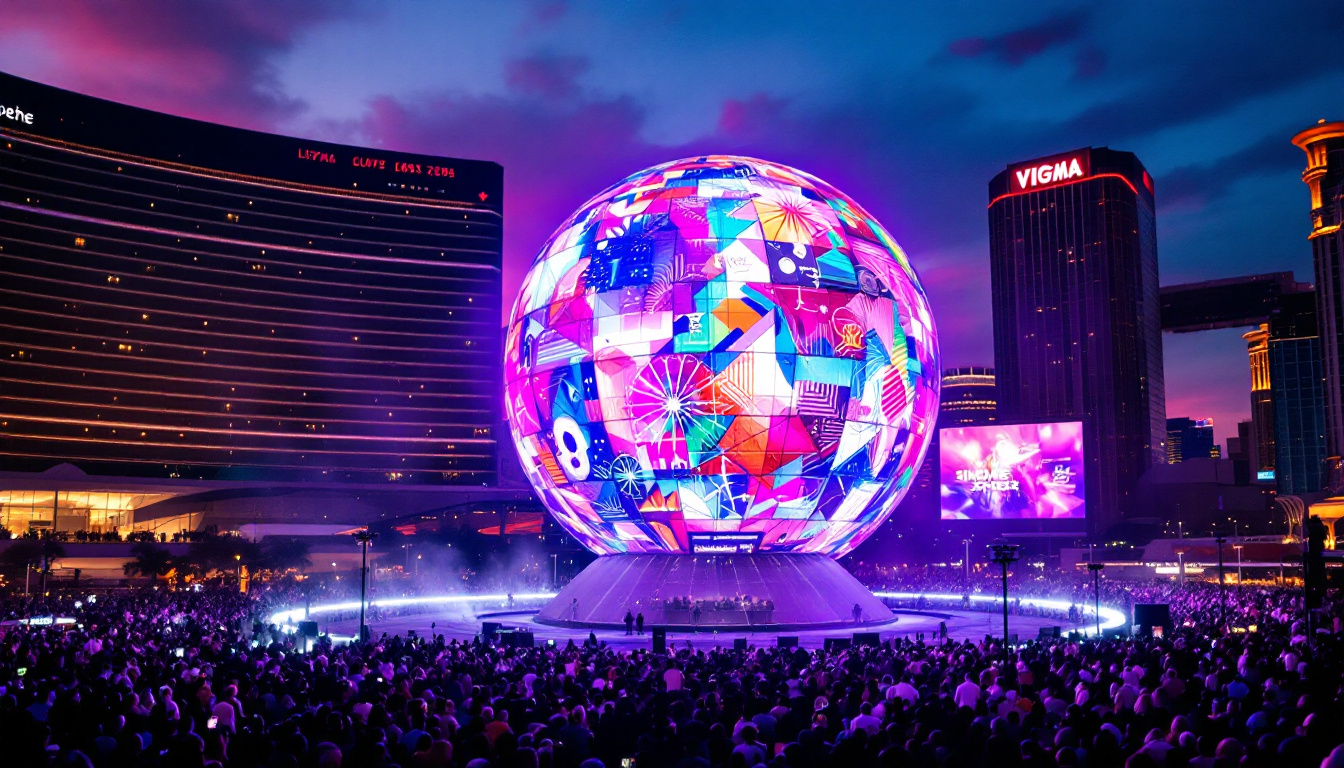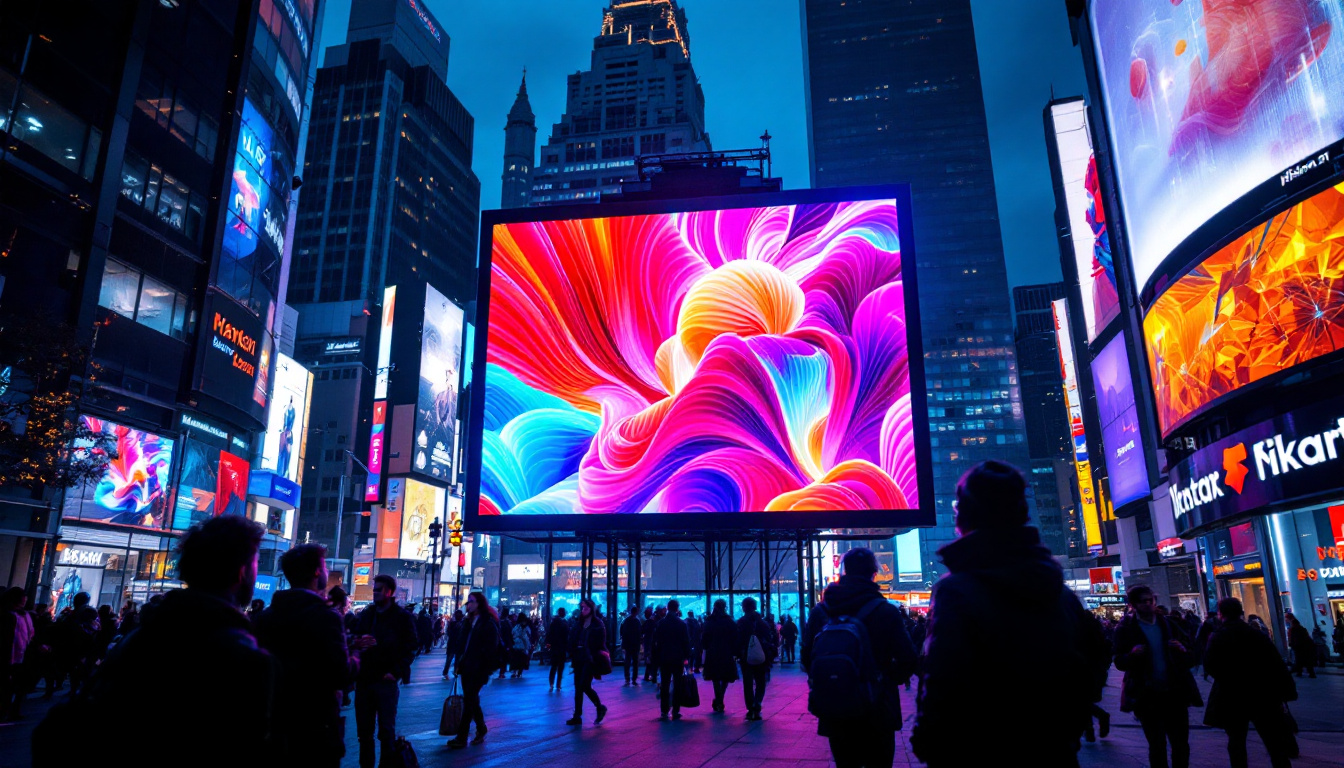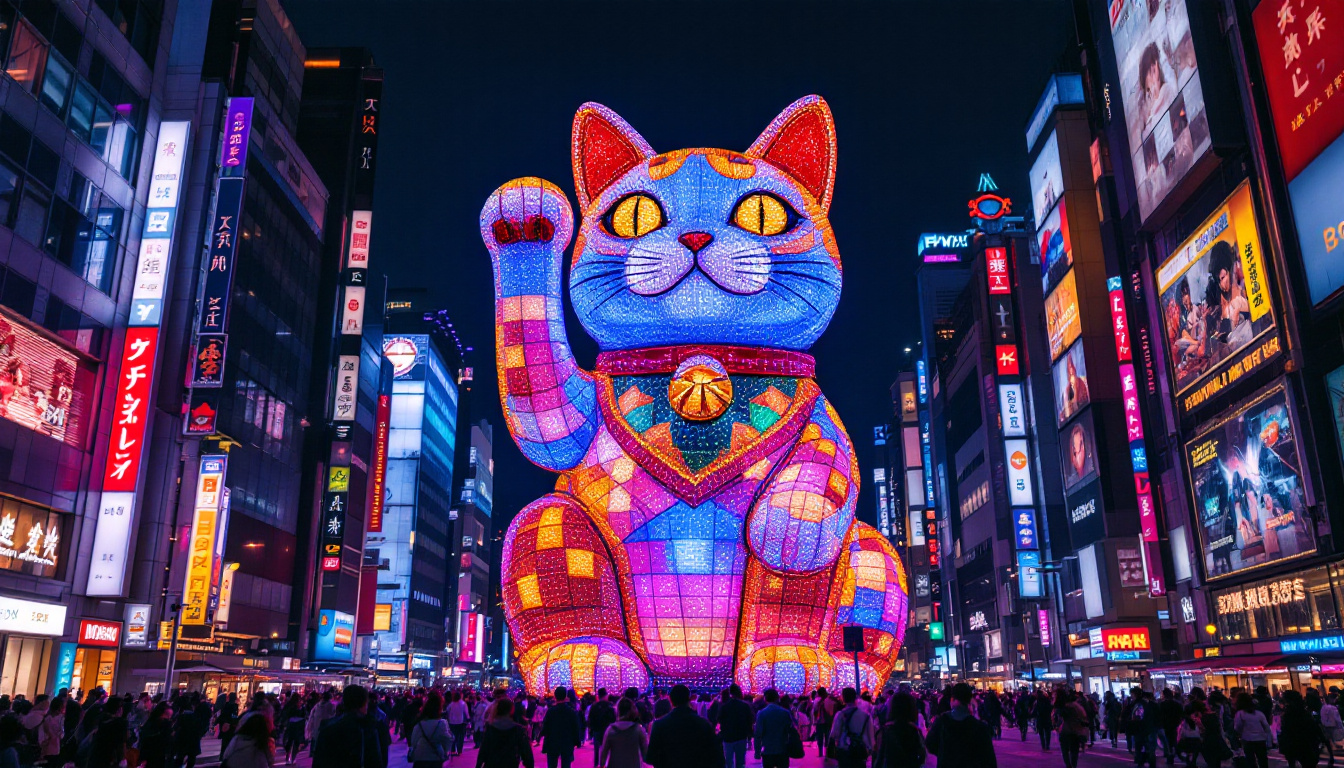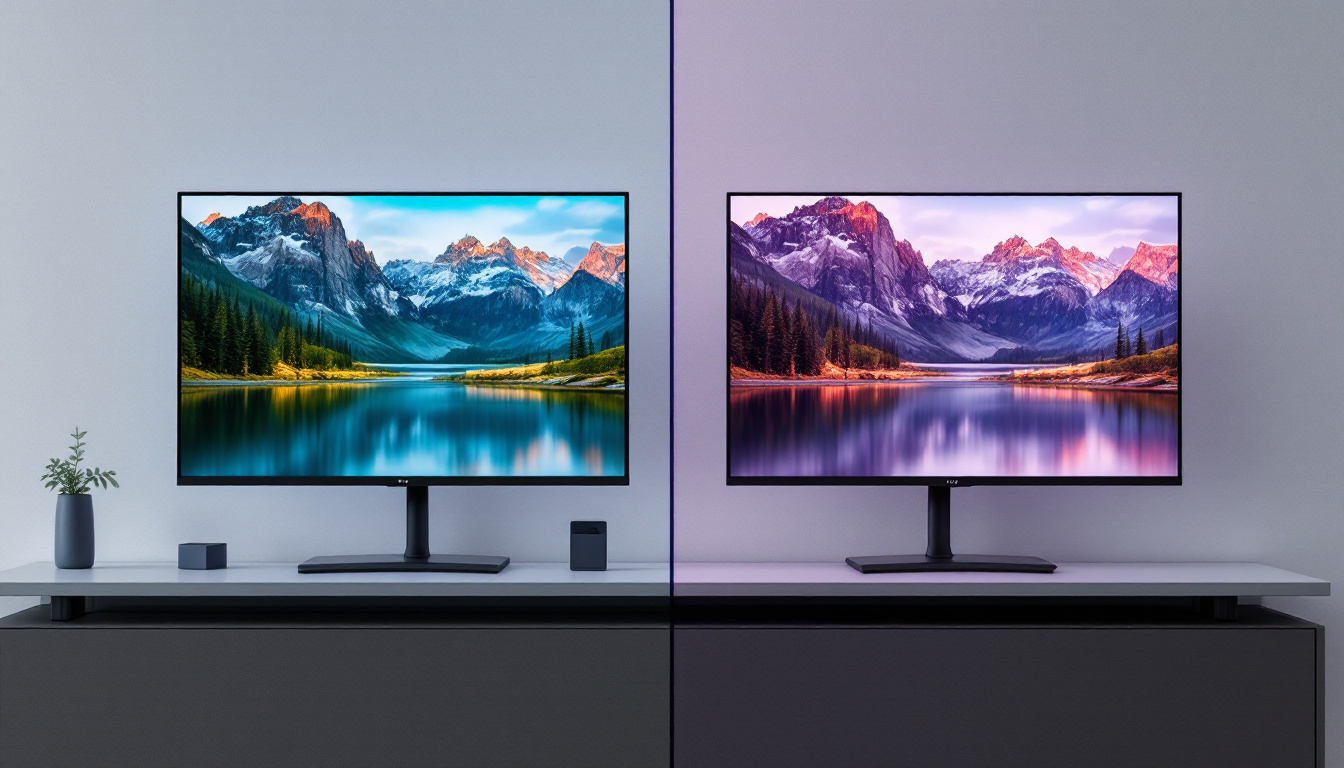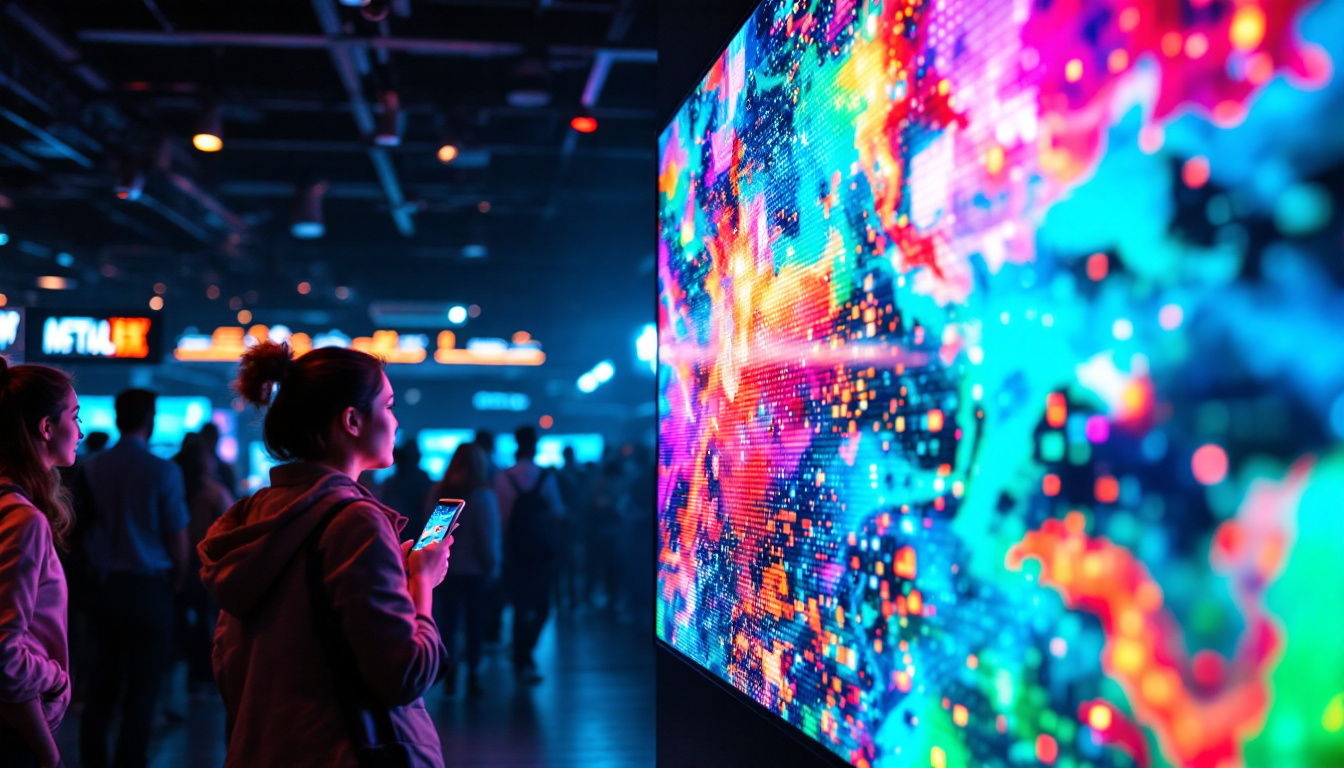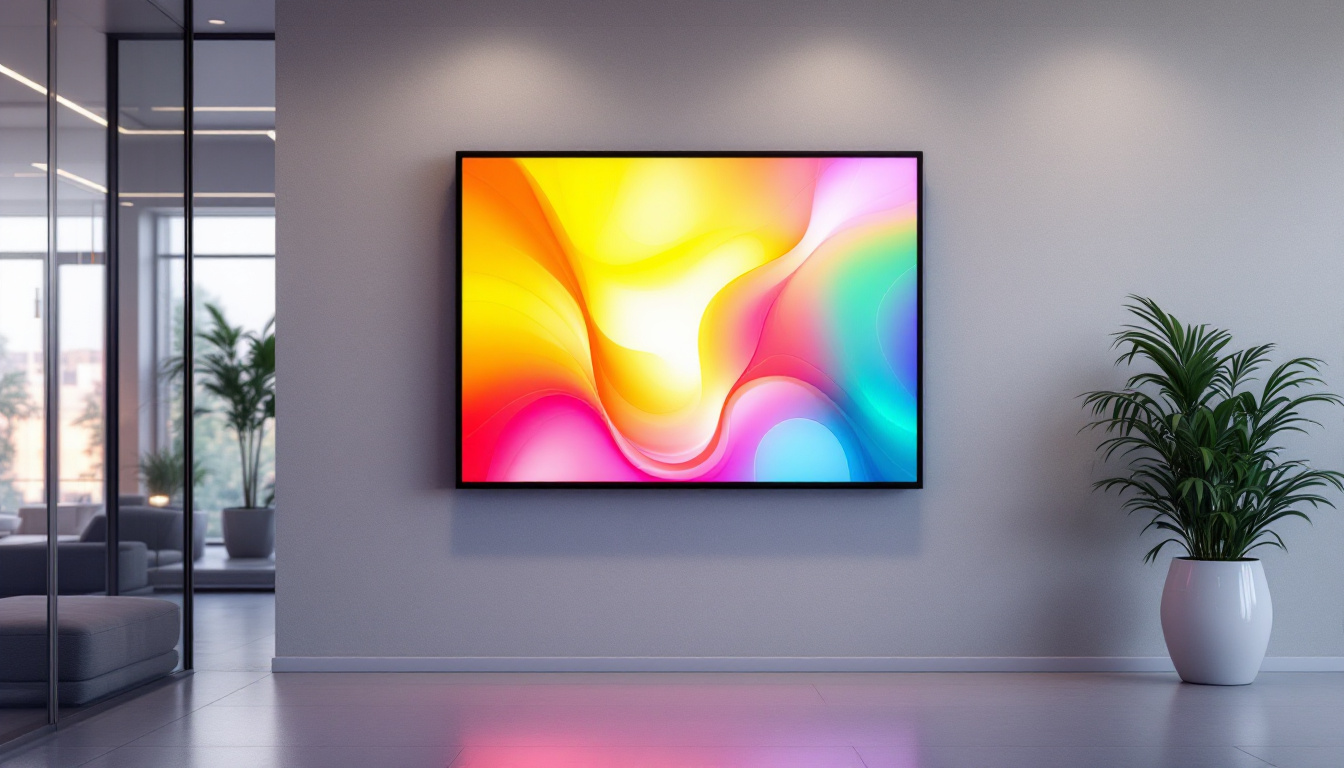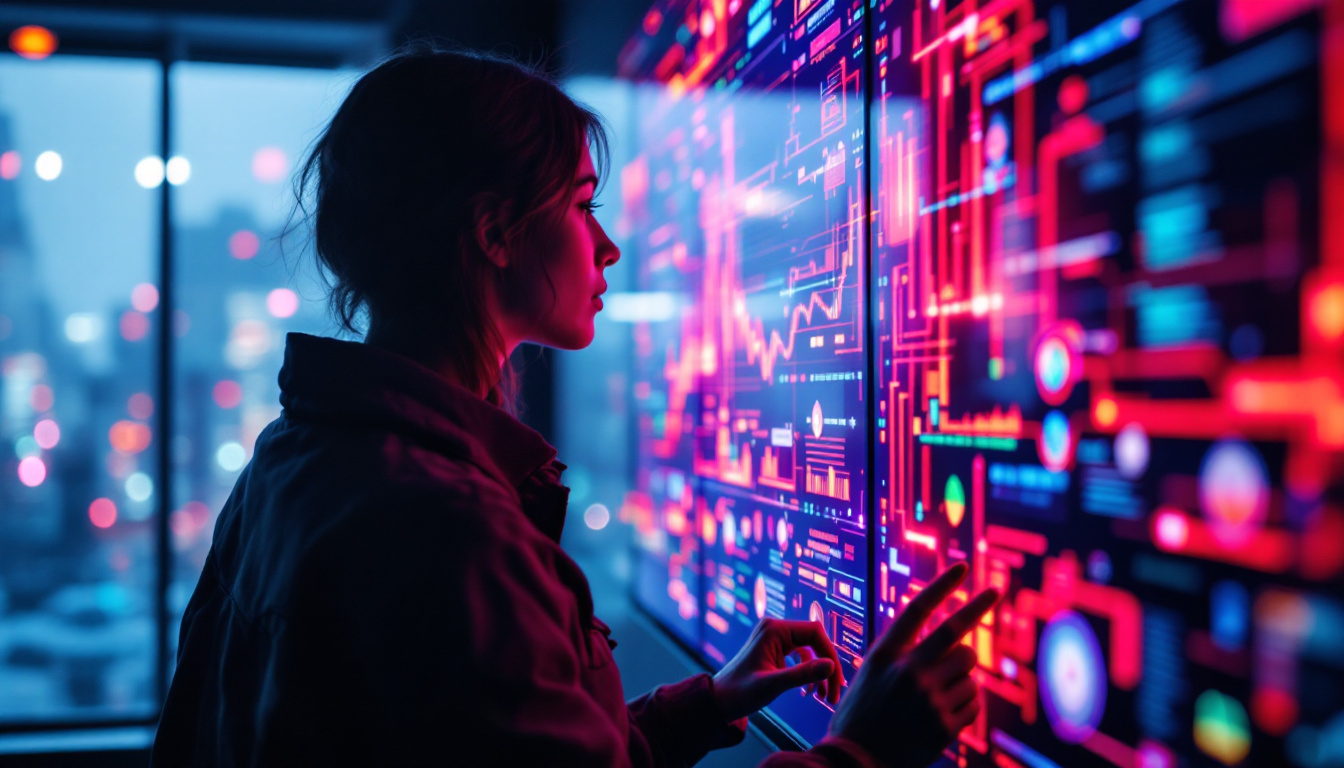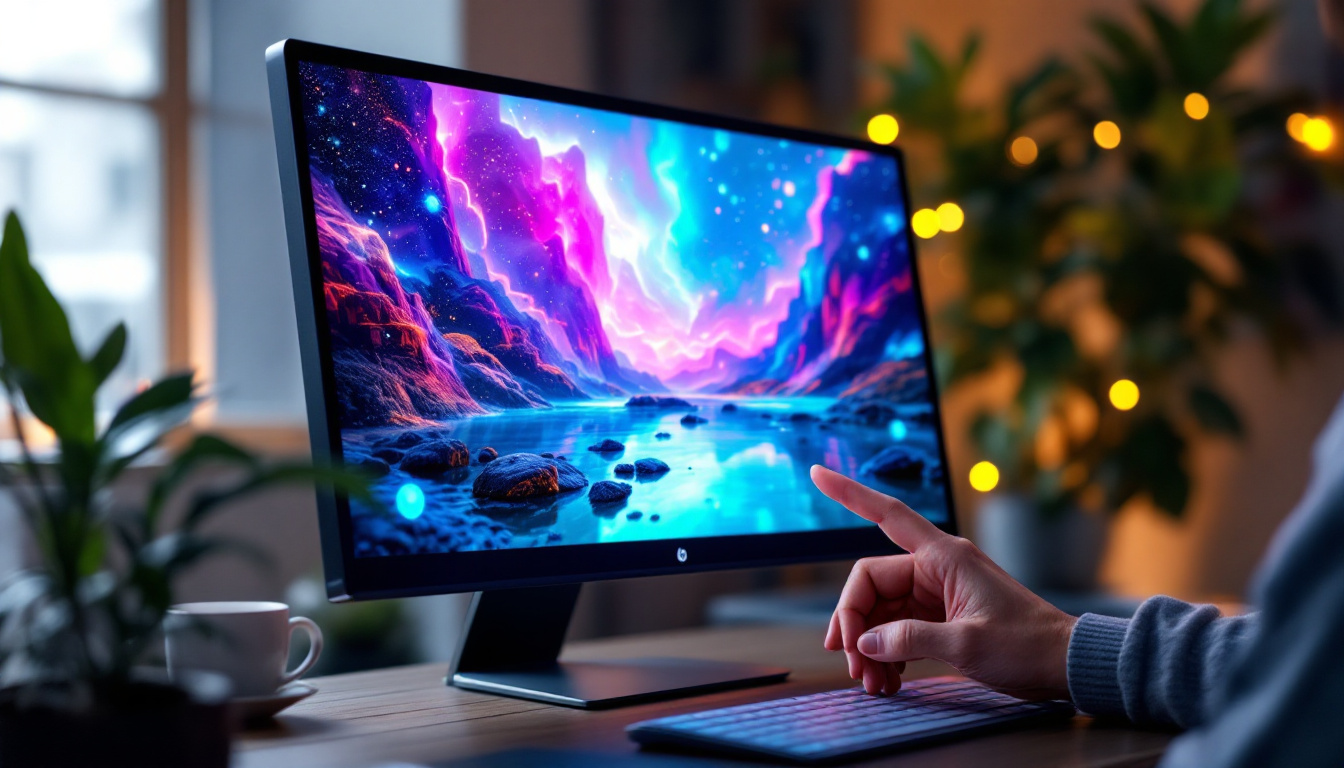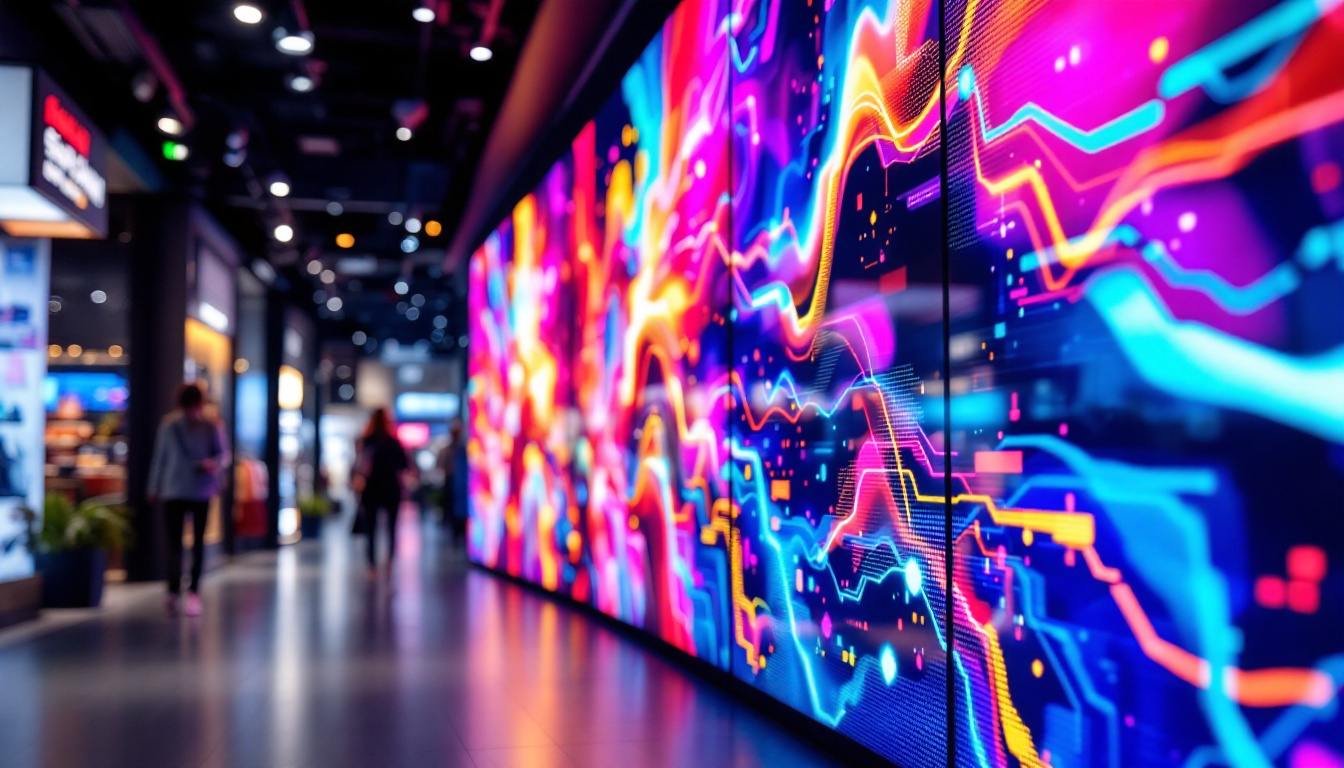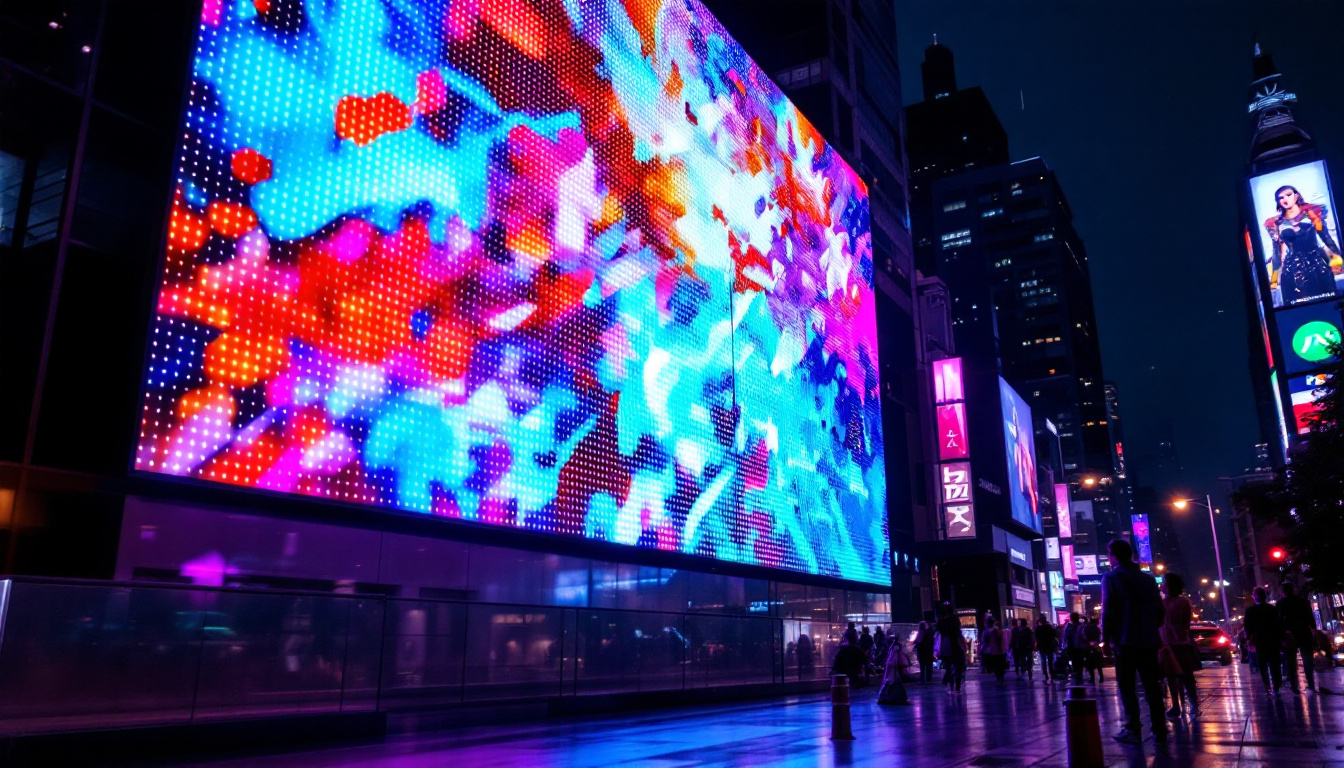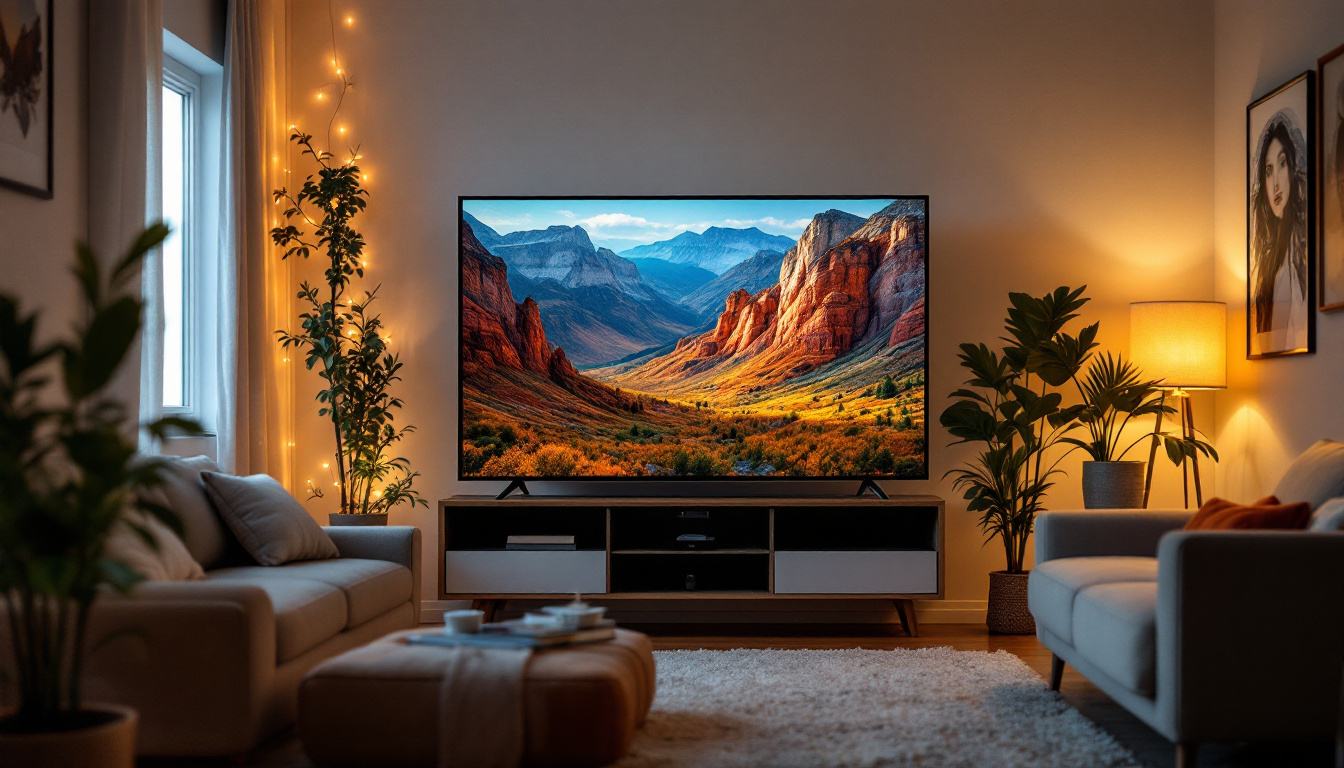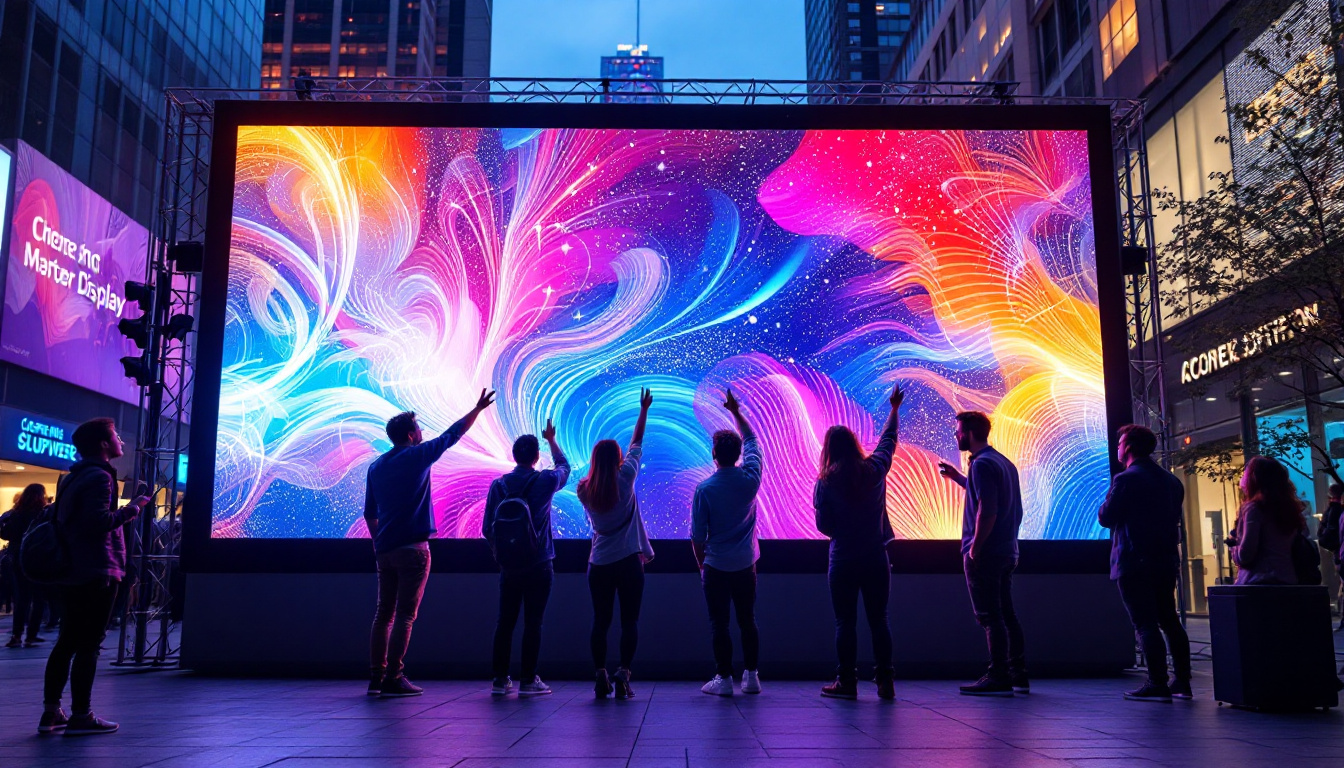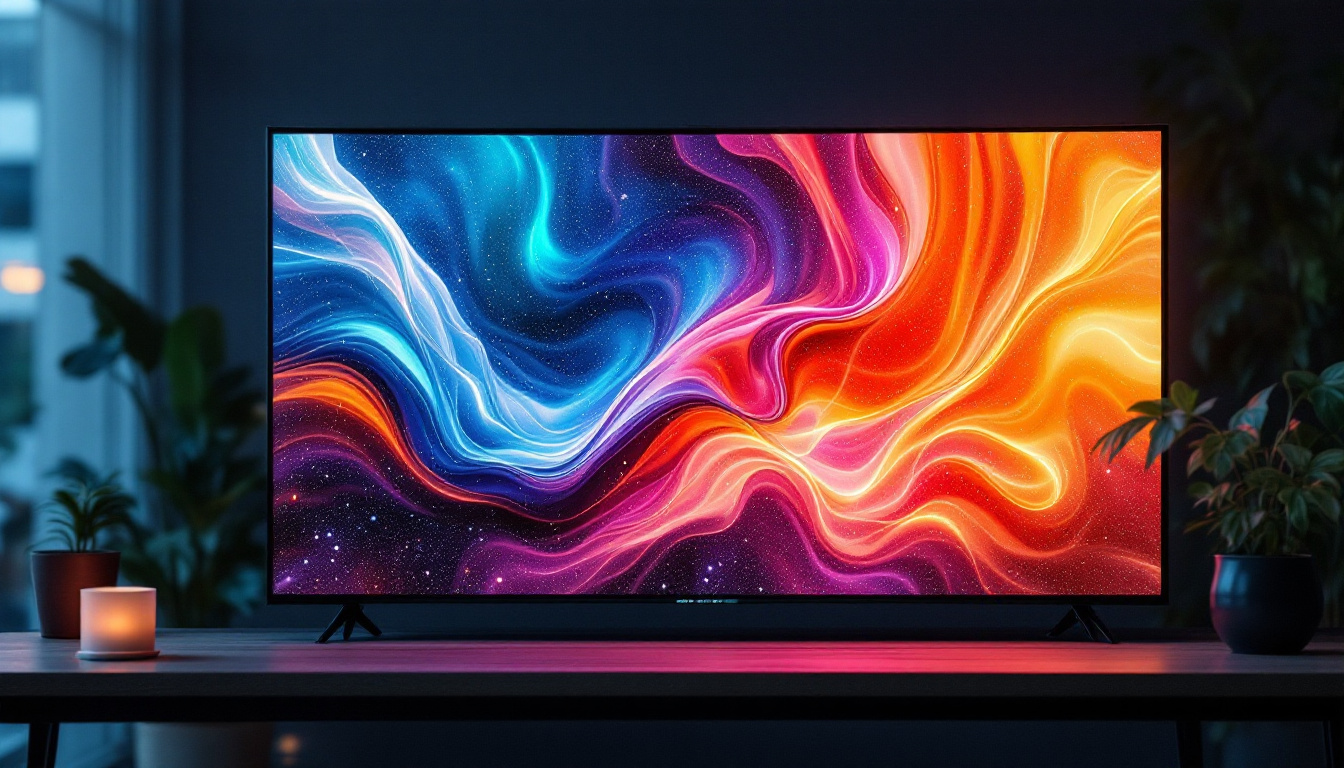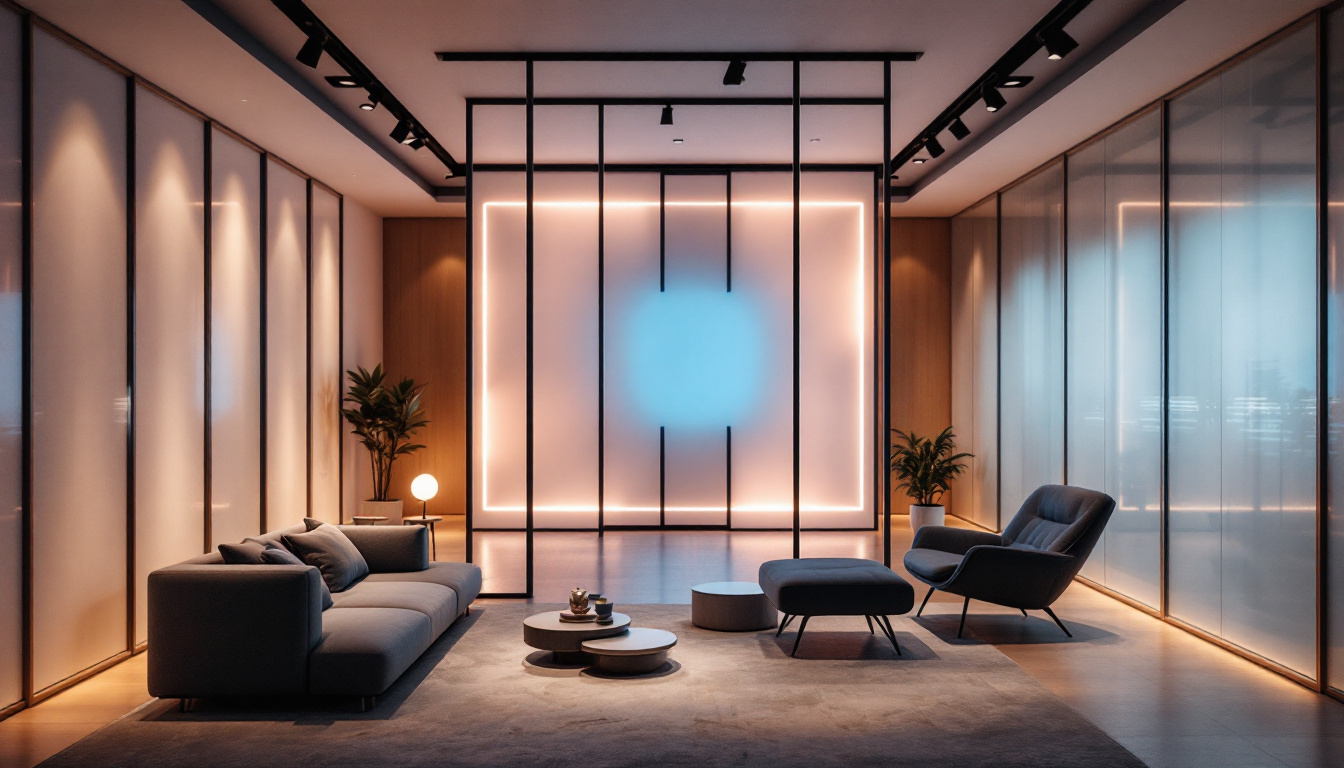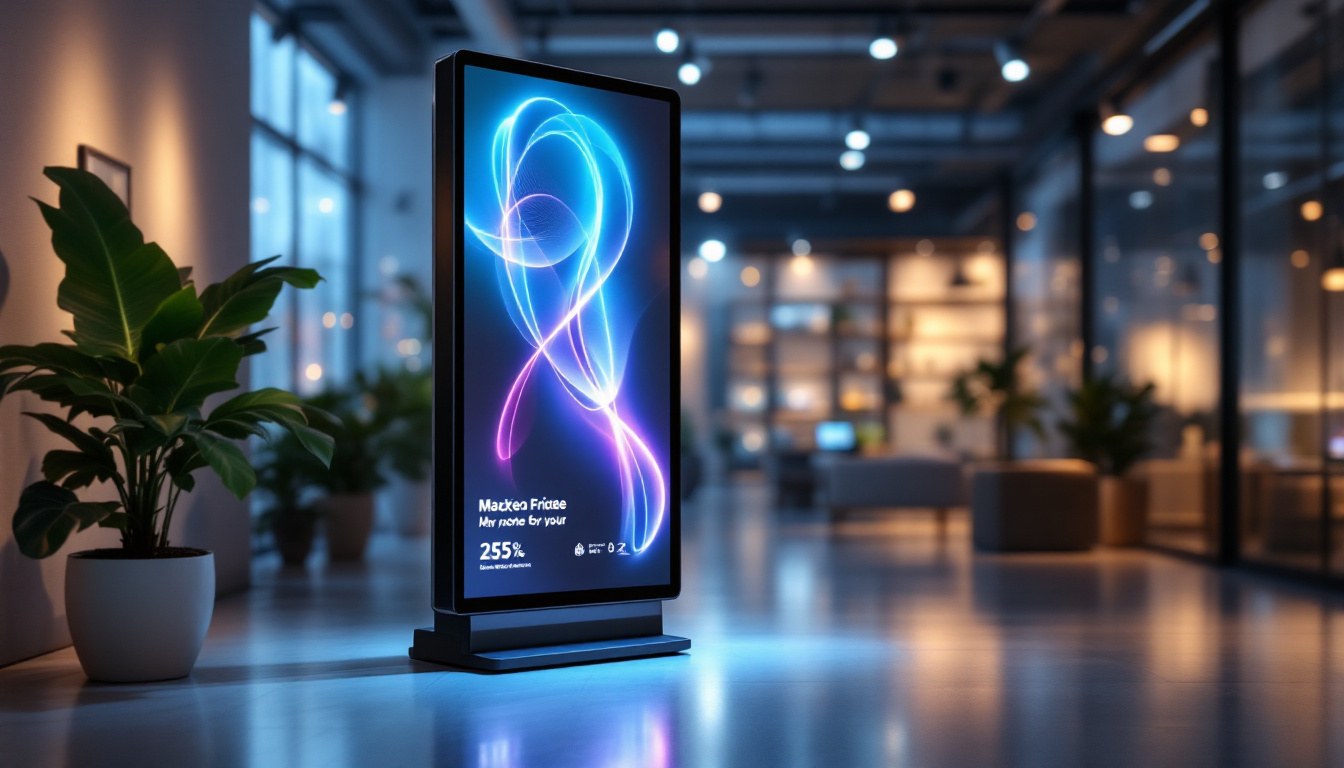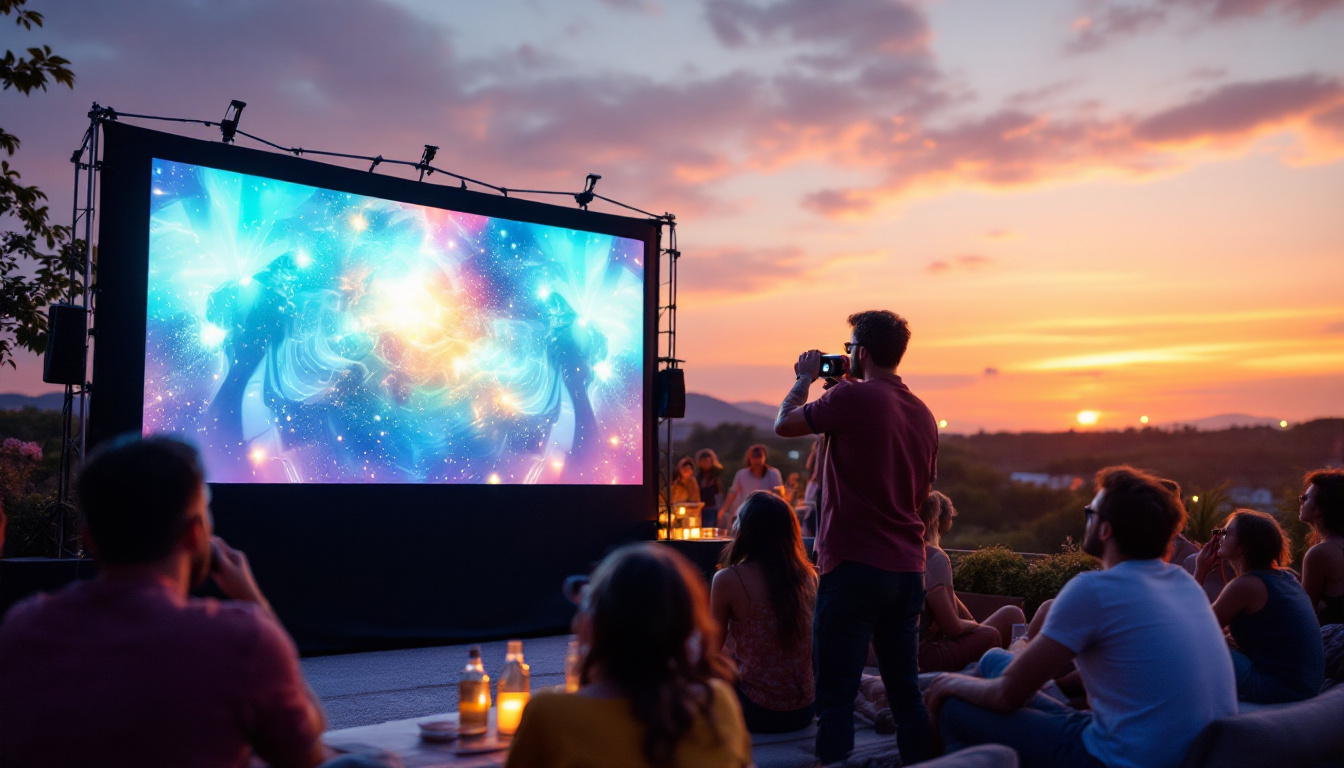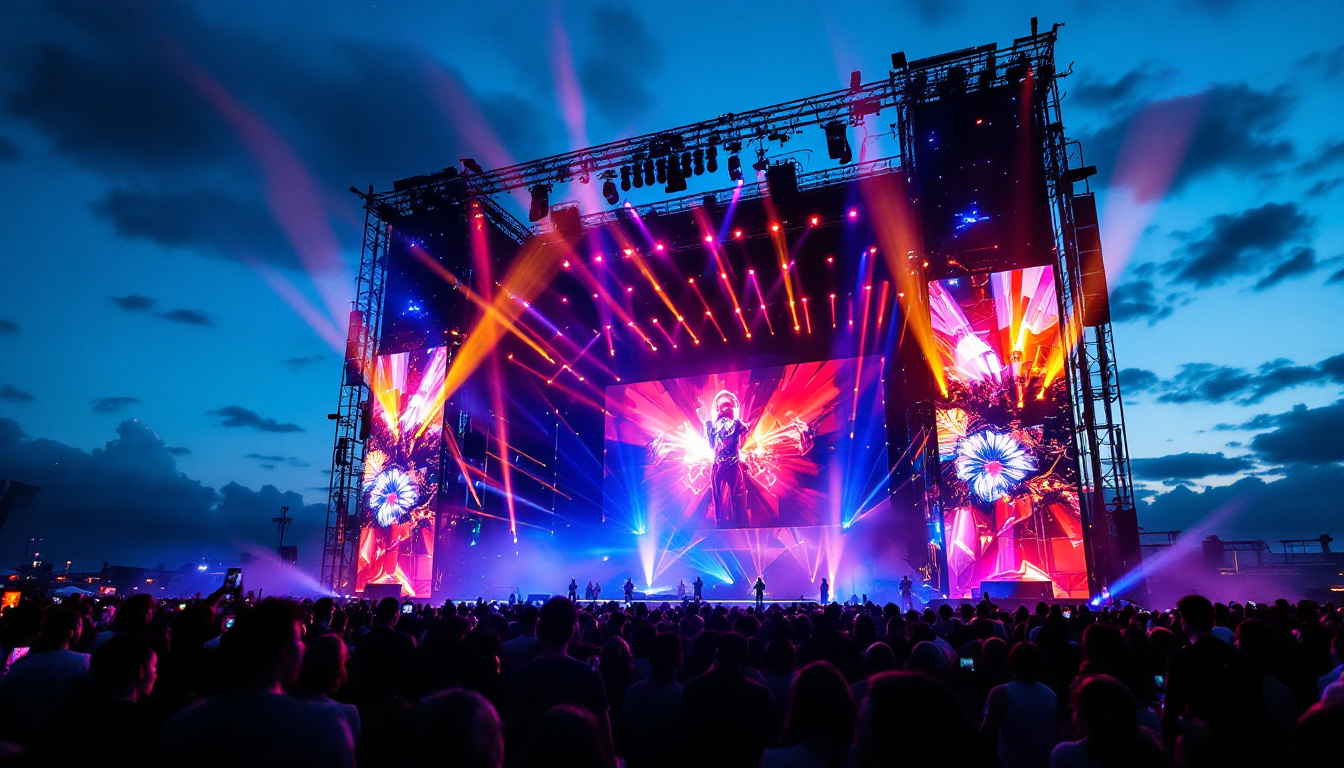In today’s fast-paced corporate environment, effective communication is paramount. One of the key components that can enhance this communication is the visual technology used in conference rooms. Among various options available, LED displays have emerged as a popular choice for businesses looking to improve their meeting experiences. This article delves into the intricacies of LED displays, their benefits, and how they can transform the conference room environment.
Understanding LED Displays
LED displays are a type of flat panel display that utilizes light-emitting diodes (LEDs) as a source of illumination. They are commonly used in a variety of applications, from televisions to large-scale advertising boards. In the context of conference rooms, LED displays serve as powerful tools for presentations, video conferencing, and collaborative work. Their ability to deliver high-quality visuals in various lighting conditions makes them an essential component in modern meeting spaces, where clarity and engagement are paramount.
Moreover, the versatility of LED displays extends beyond just visual presentations. They can be integrated with smart technologies, allowing for interactive features such as touch capabilities and real-time data sharing. This interactivity can transform a standard meeting into a dynamic brainstorming session, where participants can engage with the content in real-time, fostering collaboration and creativity.
How LED Displays Work
At the core of an LED display is its ability to produce light through the use of semiconductor technology. Unlike traditional LCD screens that rely on backlighting, LED displays can emit their own light. This not only enhances brightness but also improves color accuracy and contrast, making images and videos appear more vibrant. The technology behind LEDs allows for rapid response times, which is crucial in environments where quick visual updates are necessary, such as during live presentations or video calls.
LED displays can be categorized into two main types: direct view and backlit. Direct view LED displays consist of individual LED modules that can be arranged to create a larger screen, ideal for large conference rooms. Backlit LED displays, on the other hand, use LEDs to illuminate an LCD panel, providing a more uniform light distribution. The flexibility of direct view displays allows for creative configurations, such as video walls, which can be tailored to fit the specific dimensions and layout of a conference room, maximizing visual impact.
Types of LED Displays for Conference Rooms
When selecting an LED display for a conference room, it is essential to consider the various types available, each offering unique features and benefits. The most common types include:
- Standard LED Displays: These are the most widely used and are suitable for general presentations and video conferencing.
- Ultra HD Displays: Offering higher resolutions, these displays are ideal for detailed graphics and large images, making them perfect for design presentations.
- Curved LED Displays: These provide a more immersive experience by wrapping around the viewer’s field of vision, enhancing engagement during presentations.
Additionally, there are specialized LED displays designed for specific environments. For example, outdoor LED displays are built to withstand harsh weather conditions while maintaining visibility in bright sunlight, making them ideal for outdoor events or signage. On the other hand, portable LED displays are lightweight and easy to set up, catering to organizations that require flexibility in their meeting spaces. By understanding the different types of LED displays available, organizations can make informed decisions that enhance their conference room experience and improve overall communication effectiveness.
Benefits of Using LED Displays in Conference Rooms
The adoption of LED displays in conference rooms comes with a multitude of benefits that can significantly enhance the overall meeting experience. From improved visibility to advanced connectivity options, LED displays are designed to meet the demands of modern business environments.
Enhanced Visual Quality
One of the most notable advantages of LED displays is their superior visual quality. With high brightness levels and excellent color reproduction, LED displays ensure that content is clear and easy to read from various angles. This is particularly important in larger conference rooms where attendees may be seated at a distance from the screen.
Furthermore, LED technology reduces glare and reflections, making it easier for participants to focus on the presentation without distractions. This clarity not only improves comprehension but also fosters a more engaging atmosphere during discussions.
Energy Efficiency
In an era where sustainability is a growing concern, LED displays stand out for their energy efficiency. Compared to traditional display technologies, LED screens consume significantly less power, resulting in lower energy bills and a reduced carbon footprint. This makes them an environmentally friendly choice for businesses looking to minimize their impact on the planet.
Additionally, the long lifespan of LED displays means that they require less frequent replacements, further contributing to sustainability efforts. Businesses can save on costs associated with maintenance and disposal of older technologies.
Seamless Integration and Connectivity
Modern LED displays are designed with connectivity in mind. They often come equipped with a variety of ports, enabling easy integration with laptops, tablets, and other devices. This versatility allows for seamless presentations, whether it’s sharing a PowerPoint, streaming a video, or conducting a video conference.
Moreover, many LED displays support wireless connectivity options, allowing users to connect their devices without the hassle of cables. This feature is particularly beneficial in collaborative environments, where multiple participants may need to share content simultaneously.
Choosing the Right LED Display for Your Conference Room
With a plethora of options available, selecting the right LED display for a conference room can be a daunting task. Several factors should be considered to ensure the chosen display meets the specific needs of the organization.
Room Size and Layout
The size and layout of the conference room play a critical role in determining the appropriate display size. For larger rooms, a bigger screen or multiple displays may be necessary to ensure that all attendees can see the content clearly. Conversely, smaller rooms may only require a standard-sized display.
Additionally, the layout of the room should be taken into account. For instance, if the seating arrangement is spread out, a higher resolution display may be needed to maintain clarity from a distance. Understanding the dynamics of the room will help in making an informed decision.
Intended Use and Content Type
Another important consideration is the intended use of the LED display. Will it mainly be used for presentations, video conferencing, or collaborative work? Different applications may require different features. For example, if high-definition video playback is essential, an Ultra HD display would be a wise investment.
Furthermore, consider the type of content that will be displayed. If the focus is on detailed graphics or design work, a display with superior color accuracy and resolution will be necessary to ensure that the visuals are represented accurately.
Budget Considerations
Budget constraints are a reality for most organizations, and it’s important to find a balance between quality and cost. While LED displays can be more expensive than traditional options, their long-term benefits often justify the initial investment.
When budgeting for an LED display, consider not only the purchase price but also installation costs, maintenance, and potential energy savings over time. Investing in a quality display can lead to enhanced productivity and improved meeting outcomes, making it a worthwhile expenditure.
Installation and Maintenance of LED Displays
Once the right LED display has been selected, the next step is installation. Proper installation is crucial for optimizing the display’s performance and ensuring a seamless user experience.
Professional Installation Services
While some organizations may opt for a DIY installation, hiring professional services is often recommended. Experts can ensure that the display is mounted securely, calibrated correctly, and integrated with existing technology in the conference room. This professional touch can prevent potential issues that may arise from improper installation.
Moreover, professionals can provide valuable insights into the best placement for the display, taking into account factors such as lighting and seating arrangements. This can enhance visibility and overall functionality.
Regular Maintenance Practices
To keep an LED display functioning optimally, regular maintenance is essential. This includes routine cleaning to prevent dust accumulation, which can affect image quality. Additionally, software updates may be necessary to ensure compatibility with new devices and applications.
Organizations should also consider establishing a maintenance schedule that includes periodic checks for hardware issues. By addressing potential problems early, businesses can avoid costly repairs and downtime.
Future Trends in LED Display Technology
As technology continues to evolve, LED displays are also expected to undergo significant advancements. Staying informed about these trends can help organizations make strategic decisions regarding their conference room technology.
MicroLED Technology
One of the most exciting developments in the LED display space is MicroLED technology. This innovation promises even higher resolution and improved color accuracy, making it ideal for applications requiring detailed visuals. MicroLED displays are also expected to be more energy-efficient and longer-lasting than traditional LED displays.
As this technology becomes more accessible, businesses may find themselves with new opportunities to enhance their conference room experiences, making meetings more engaging and productive.
Interactive Displays
Another trend gaining traction is the rise of interactive LED displays. These screens allow users to engage directly with the content, whether through touch or stylus input. This interactivity can foster collaboration and creativity during meetings, encouraging participants to contribute ideas and feedback in real-time.
Interactive displays are particularly beneficial in brainstorming sessions and workshops, where visual engagement can lead to more dynamic discussions and innovative solutions.
Integration with AI and Smart Technology
As artificial intelligence and smart technology continue to permeate various industries, LED displays are likely to integrate with these advancements. Features such as voice control, automated scheduling, and smart content management can streamline the meeting process, making it easier for teams to collaborate effectively.
By leveraging AI technology, organizations can enhance their conference room experiences, allowing for more efficient meetings and improved productivity.
Conclusion
LED displays have revolutionized the way businesses conduct meetings and presentations. With their superior visual quality, energy efficiency, and seamless connectivity, these displays are an invaluable asset for any conference room. By understanding the various types of LED displays, their benefits, and how to choose the right one, organizations can create an engaging and productive environment for collaboration.
As technology continues to evolve, staying informed about future trends will be essential for businesses looking to maintain a competitive edge. Investing in LED display technology not only enhances the meeting experience but also positions organizations for success in an increasingly digital world.
Discover LumenMatrix LED Display Solutions
Ready to elevate your conference room with the latest in LED display technology? Look no further than LumenMatrix, a pioneer in creating immersive visual experiences that captivate and communicate with unparalleled clarity. From versatile Indoor LED Wall Displays to impactful Outdoor LED Wall Displays, and from dynamic Vehicle LED Displays to innovative Custom LED Solutions, LumenMatrix offers a comprehensive range of products designed to transform your space and engage your audience. Embrace the future of visual communication with LumenMatrix’s cutting-edge LED display modules. Check out LumenMatrix LED Display Solutions today and see how we can help you make a lasting impression.

